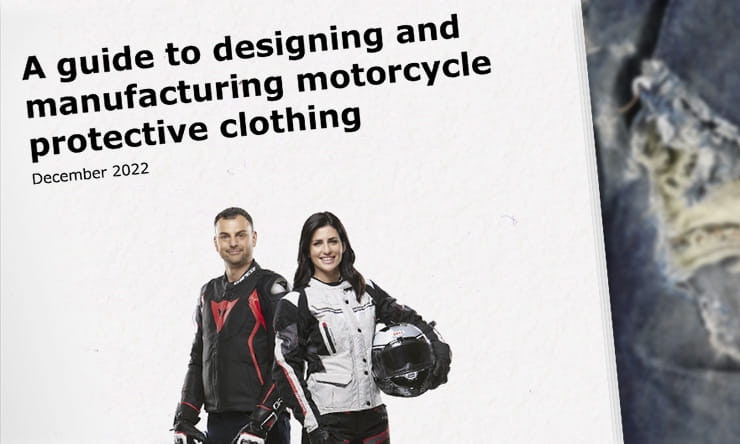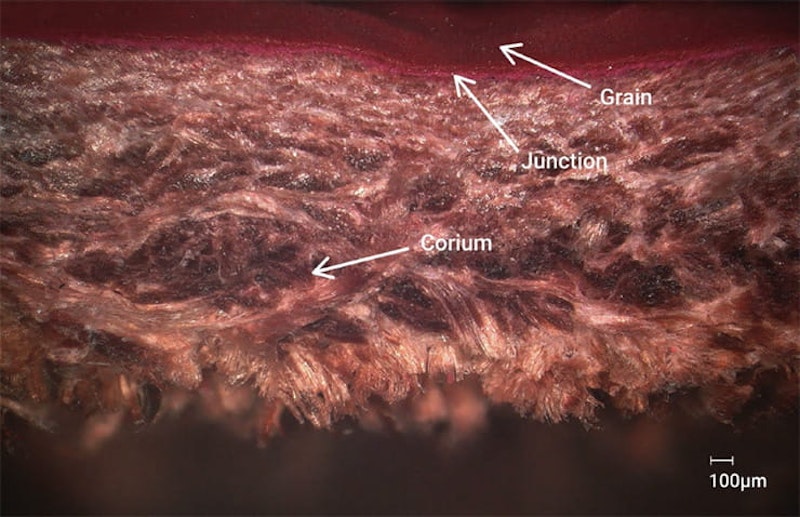How to make safer motorcycle clothing
By John Milbank
Consumer Editor of Bennetts BikeSocial
31.12.2022
Download the Guide to Designing and Manufacturing Motorcycle Protective Clothing here
A new guide to making better, safer motorcycle clothing has been released in Australia, and it could prove to be a turning point for riders around the world who want to be able to confidently choose the gear that suits their riding style and pocket.
Deakin University, which administers the Australasian motorcycle clothing star rating scheme MotoCAP, has published the ‘Guide to Designing and Manufacturing Motorcycle Protective Clothing’, aimed at helping both startups and established brands in making safer riding kit.
This is an invaluable, fascinating piece of work, and one that Bennetts BikeSocial believes could be transformational for many manufacturers around the world. By sharing such in-depth research – at no charge – Deakin University is helping all manufacturers to not only meet their legal requirements when selling riding kit into the UK and Europe, but to strive to make their gear more comfortable, more waterproof, better vented, better value and safer.
A valuable resource for manufacturers and riders
Standards Australia – the equivalent of the UK's BSI, Germany's DIN and others – published a similar guidance document over 20 years ago, but with the publication of European Standards in 2002 (EN 13595) and 2020 (EN 17092) – and following MotoCAP going live in September 2018 – updated advice and recommendations were considered necessary, so Deakin University was commissioned by Road Safety Victoria and Transport for New South Wales to produce the document.
Although primarily aimed at manufacturers, the 103-page guide will also prove useful to the growing number of riders who take an active interest in the science of motorcycle clothing design, specification and testing.
Topics include designing for injury protection, thermal management, visibility, waterproofing and durability, as well as construction advice and tips on how brands can manage quality control at subcontract manufacturing sites. Test data gleaned from the MotoCAP programme on the relative abrasion resistance of many materials in popular use for motorcycle clothing appears, along with a detailed explanation of the characteristics of protective motorcycle clothing that are assessed.
Giving riders the freedom of choice
The authors of the document are all acknowledged experts in the field, including Professor Chris Hurren, Dr Liz De Rome and Paul Varnsverry, assisted by Deakin researchers and MotoCAP personnel. However, other stakeholders, including clothing manufacturers from around the world, were also invited to comment on the draft, including UK-based companies BKS Made To Measure Limited and Hood Jeans.
“The MotoCAP guide continues a sharing of best practice that dates back to the early 1990s and the work on the first Cambridge Standard”, said Brian Sansom of BKS Made to Measure, who contributed seam diagrams that were selected to appear in the publication. “It’s an entirely positive development and means that knowledge gathered over the past three decades can be recorded and shared with new generations of manufacturers and riders.
“The guide also puts in very clear terms why it is important to retain the higher performance criteria enshrined in EN 13595 and in the higher star rating levels of MotoCAP, to ensure riders can continue to have the choice to select more protective clothing than is specified by EN 17092.”
The guide includes details of why some materials – like leather shown here under a microscope – perform better than others in a crash
“This manufacturing guide would have been invaluable to me a quarter of a century ago when we first entered the sector,” said Chris Easterford, of Hood Jeans. “Reading it is like reliving all the lessons learned and experiences of those twenty-five years of producing protective motorcycle clothing. Even someone like me who has been in the industry for many years can still learn something new, with the ‘crash and injury risk’ section and data being of particular interest.
“It is an excellent piece of work. A manual that will undoubtedly help manufacturers throughout the sector and in turn motorcyclists.”
The guide is available to download from the MotoCAP website here.
Share on social media:

